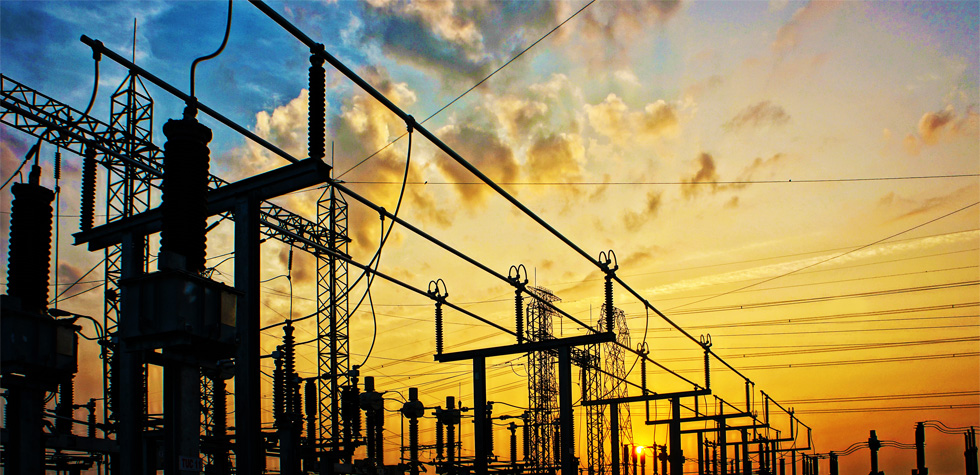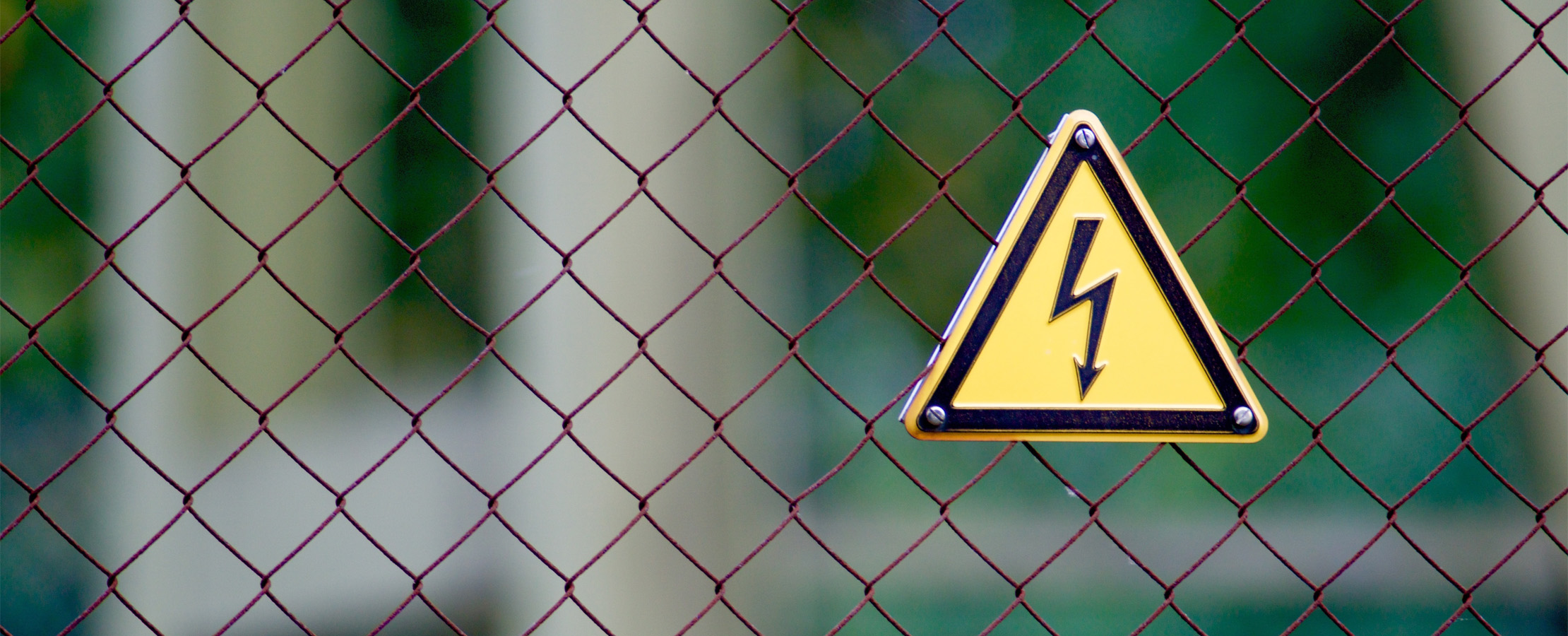Today's Grid Could Hinder Tomorrow's Net-Zero Energy
To meet ambitious targets, policymakers should overhaul regulation to incentivize creating transmission infrastructure that supports renewables. Continuing with the status quo could hinder the transition to net zero.
When it comes to meeting net zero targets, the focus is often on building more solar and wind farms. Far less attention is paid to the infrastructure underpinning the energy transition.
Simply put, without grid investment and reform, the 1.5°C goal will be out of reach. The IEA estimates that to meet climate targets, grid investment must nearly double by 2030 to over $600 billion annually. Furthermore, over 80 million kilometers (50 million miles) of grid infrastructure should be added or refurbished by 2040, the equivalent of the entire existing global grid. To achieve such a wholesale change, policymakers must create attractive incentives for a range of stakeholders, including financial backers, energy companies, local planners and communities.
Ready for rising electricity demand
Energy infrastructure is what links energy production sites with end users. It’s the storage, transmission and distribution that supplies electricity and comprises networks of cables, substations and transformers.
As the world increasingly scales up renewables, our existing grid infrastructure will be tested. Global population growth, increased manufacturing and higher living standards are predicted to increase energy consumption by 2050 significantly.
There will also be a significant expansion in demand for electricity as businesses and consumers embrace electric alternatives for transportation, heating, and many other applications traditionally powered by fossil fuels. In October 2023, the EIA forecasted a 34 percent increase in world energy consumption by 2050.
More transmission lines necessary
Existing transmission lines were built for a different era, when the priority was moving coal and natural gas from source to population centers. The transmission system of the future must be designed with intermittent renewables in mind. While fossil fuels can be burned 24 hours a day, wind and solar power depend on the weather. Grid infrastructure must be equipped for inconsistent power supplies, or the grid will succumb to outages. And electricity storage must expand to capture excess energy for consumption in leaner times. New technologies for generating, storing, and distributing renewable energy at scale will be critical.

Expanding the electrical transmission system is crucial to achieving emissions targets. Transmission planning must overcome distances, different electric utilities, and different grid operating jurisdictions. To make the necessary changes, the planning process must be more coordinated, efficient and forward-looking.
Creating favorable regulatory frameworks
In the US and the UK, for example, local objections and lengthy reviews often make infrastructure improvements more expensive than they should be. Indeed, a 2022 report from Princeton University argues that current transmission planning, siting, permitting and cost allocation practices could potentially slow the real-world pace of US transmission expansion. The same researchers estimate the US will need at least a twofold increase in the transmission system capacity.
Billions of dollars of renewables projects are already being held up by a lack of access to the grid. In some markets, the wait for grid connectivity faced by renewable energy developers is up to 15 years.
Learning from others
Governments have a range of tools available to them to increase investment in infrastructure. Policies must be translated into specific incentives, schemes, public-private partnerships, financial backstops, and guarantees to give stakeholders the confidence to invest.
The US Inflation Reduction Act has shown how governments can play a role by offering a mix of tax incentives, grants, and loan guarantees to stimulate investment in energy transition. Within a year of being signed, the private sector had announced more than $110 billion in new clean energy manufacturing investments, but the lack of investment into transmission infrastructure could jeopardize the net-zero transition.
To meet climate targets by 2050, investment needs to be ramped up and tailored across sectors and jurisdictions. If energy transmission is to be successful, policymakers need to spearhead sweeping reforms to support an overhaul of the way transmission infrastructure is organized and financed. Without coordinated action at a scale and pace not seen before, the world is unlikely to meet the demands of the energy transition.






